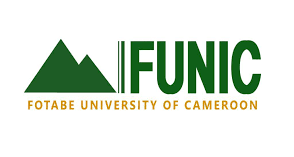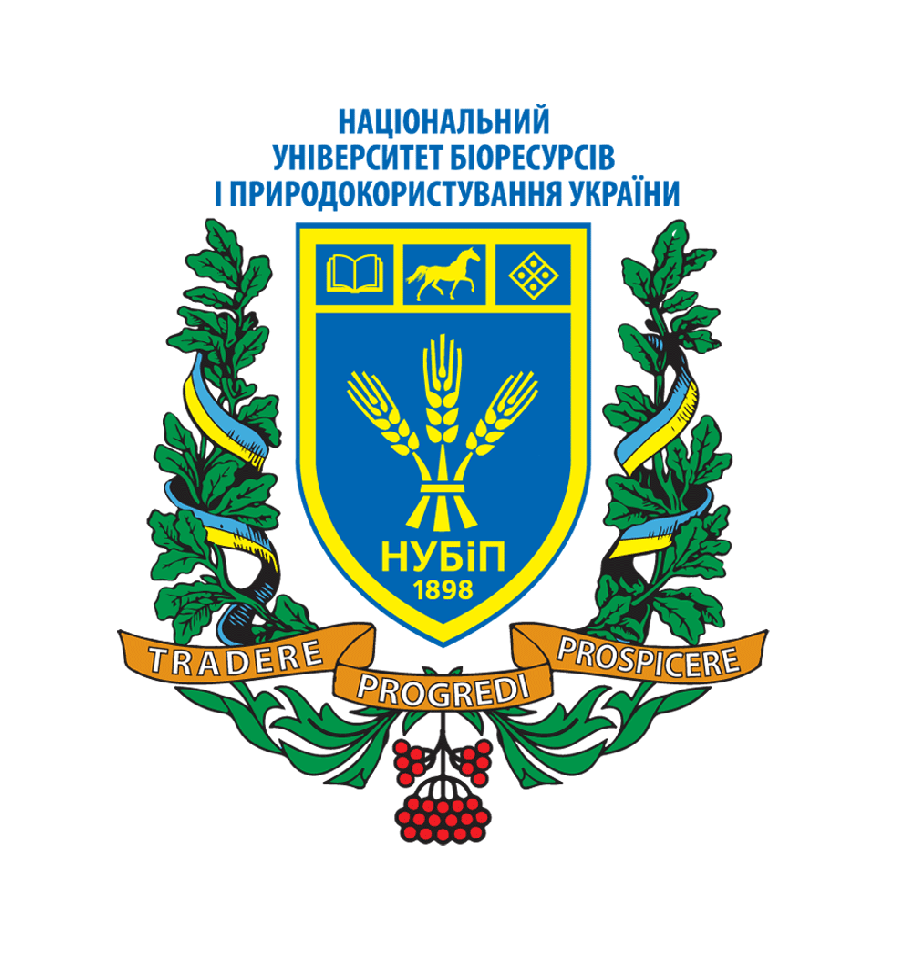Navigating the Transition Tightrope: Challenges Posed by African Union Mission in Somalia Transition on Kenya’s National Security
Keywords:
Al-Shabaab, AMISOM, National Security, TransitionAbstract
This study examined Kenya's national security threats resulting from the withdrawal of the Kenya Defence Forces (KDF) from the African Union Mission in Somalia (AMISOM). This was in light of previous Peace Support Operation Transitions (PSO) in Iraq and Afghanistan, where regional instability resulted from troop withdrawals. Therefore, it analysed the impact of PSO experiences on national security, aiming to identify potential threats to the national security of Troop-Contributing Countries (TCC) resulting from PSO involvement. The study was a descriptive survey design, and it adopted a mixed-methods approach. The sample size for the study was 400 respondents and 49 key informants. The survey was informed by functionalist theory and strategic theory. Kenyan border counties are predisposed to the security effects of the KDF transition from AMISOM. The study's findings indicated a complex security landscape; that is, weak Somali security forces, insufficient funding for the transition, a short time frame, and the likelihood of a resurgent Al-Shabaab all present significant threats to Kenya's national security. These issues are exacerbated by increased border security problems, such as smuggling and unresolved territorial conflicts. However, the studies indicated that Kenya could mitigate these risks. Influencing the Security Transition Plan (STP) to prioritise strong border security measures can strengthen Kenya's defences. Strengthening the Jubaland buffer zone and helping Somalia's disarmament, demobilisation, and reintegration (DDR) initiatives can help weaken terrorist organisations. Furthermore, efforts in Kenya's border counties' socioeconomic development can reduce the attraction to extreme ideas. Implementing comprehensive border security measures provides an additional avenue for improving overall security. According to the analysis, AMISOM's transition represents a complicated security tightrope walk for Kenya. To counteract the problem, Kenya must address the highlighted dangers while capitalising on existing opportunities. Analysis of Variance (ANOVA) indicated an F statistic of 139.893 and a p value of 0.000<0.05, implying that the transition of the Kenyan contingent in the African Union mission in Somalia significantly predicts Kenya’s national security. The regression weights model showed that the transition of the Kenyan contingent in the African Union mission in Somalia had a negative and significant influence on Kenya’s national security (β = -0.368, P =.000<.05). Recommendations include actively shaping the STP, strengthening the Jubaland buffer zone, and stationing enough security personnel along the border. Promoting bilateral and multilateral engagement with Somalia is critical for resolving lingering concerns and maintaining regional stability. By taking these steps, Kenya can protect its national security throughout AMISOM's handover.
Published
How to Cite
Issue
Section
Copyright (c) 2024 Cosmas Ekwom Kamais, Pontian Godfrey Okoth, Sussy Namaemba Kimokoti

This work is licensed under a Creative Commons Attribution-NonCommercial 4.0 International License.
Similar Articles
- Cosmas Ekwom Kamais, Pontian Godfrey Okoth, Sussy Namaemba Kimokoti, African Union Mission in Somalia Considerations for Transition and Kenya’s National Security , African Journal of Empirical Research: Vol. 5 No. 2 (2024): Apr-Jun 2024
You may also start an advanced similarity search for this article.
Most read articles by the same author(s)
- Cosmas Ekwom Kamais, Pontian Godfrey Okoth, Sussy Namaemba Kimokoti, African Union Mission in Somalia Considerations for Transition and Kenya’s National Security , African Journal of Empirical Research: Vol. 5 No. 2 (2024): Apr-Jun 2024
- Winnie Winfrade Awuor Oyugi, Pontian Godfrey Okoth, Elijah Onyango Standslause Odhiambo, Assessing the Socio-Economic Impact of the Chinese Transfer of Values, Skills, and Technology in Infrastructural Development in Kenya , African Journal of Empirical Research: Vol. 4 No. 2 (2023): Jul-Dec 2023
- Robert Koome Kimathi, Pontian Godfrey Okoth, Frank Khachina Matanga, Challenges and Opportunities Faced by the United Nations Stabilization Mission in the Democratic Republic of Congo in Fulfilling Its Mandate for Peace and Security in the DRC , African Journal of Empirical Research: Vol. 5 No. 4 (2024): Oct-Dec 2024
- Robert Koome Kimathi, Pontian Godfrey Okoth, Frank Khachina Matanga, Peace and Security Dynamics as A Result of Conflict Intervention by United Nations Stabilization Mission in the Democratic Republic of Congo , African Journal of Empirical Research: Vol. 5 No. 4 (2024): Oct-Dec 2024
- William Kitsao Karisa Shume, Pontian Godfrey Okoth, Elijah Onyango Standslause Odhiambo, Security-Diplomacy Nexus: Nature of Bilateral Cooperation in Kenya - India Military Diplomatic Relations Since 1963 , African Journal of Empirical Research: Vol. 5 No. 4 (2024): Oct-Dec 2024
- Winnie Winfrade Awuor Oyugi, Pontian Godfrey Okoth, Elijah Odhiambo, Role of Chinese Economic Diplomacy in Fostering Infrastructural Development in Kenya Since 1963 , African Journal of Empirical Research: Vol. 4 No. 2 (2023): Jul-Dec 2023
- Hillary Kibet, Pontian Godfrey Okoth, Elijah Onyango Standslause Odhiambo, Exploring the Interplay Between Multiagency Security Challenges and Economic Security in Lamu County, Kenya , African Journal of Empirical Research: Vol. 5 No. 4 (2024): Oct-Dec 2024
- Stalin Mwenda Njeru, Pontian Godfrey Okoth, Sussy Namaemba Kimokoti, Regional Factors Influencing Bilateral Trade Between Kenya and South Africa , African Journal of Empirical Research: Vol. 4 No. 2 (2023): Jul-Dec 2023
- Dennis Gimomodi Mutesa, Frank Khachina Matanga, Sussy Namaemba Kimokoti, Utilization of track one diplomatic strategies in combating the bandit economy along the Kenya and Uganda Border , African Journal of Empirical Research: Vol. 6 No. 2 (2025): Apr-Jun 2025
- Alex Amisi Muhandale, Pontian Godfrey Okoth, Kizito Muchanga, Christianity and western education: A gendered historical analysis of the colonial Maragoli case, 1895-1963 , African Journal of Empirical Research: Vol. 6 No. 3 (2025): Jul-Sep 2025























